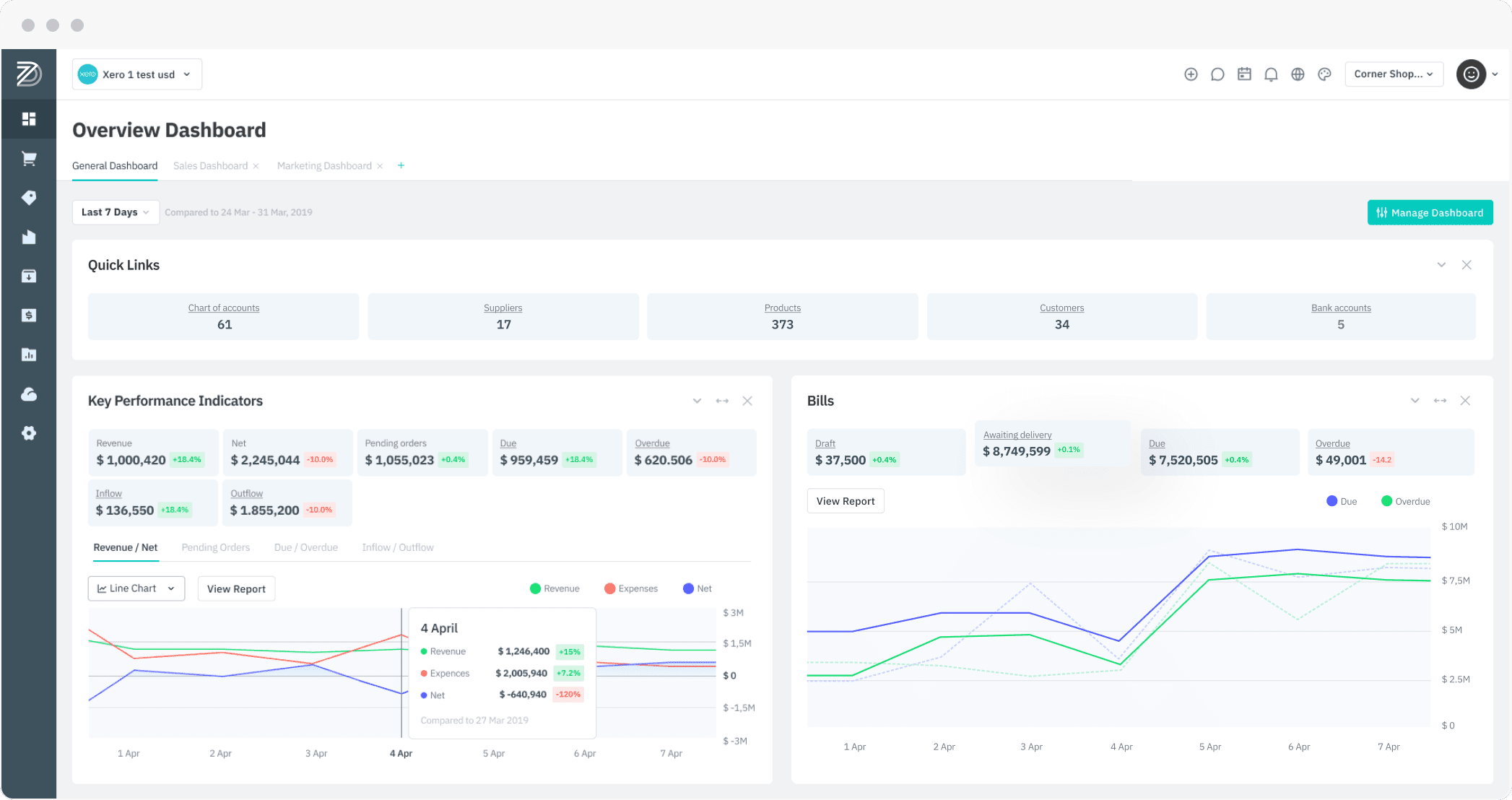The expression“time is money,” and is never more true than when talking about manufacturing lead times.
Customers have high expectations about purchasing and receiving their products on time. So, it is crucial to understand what lead time is, how to decrease it and how it impacts the customer experience. All these insights will help you take your business to the next level.
Let’s learn about lead time to use it as a tool to manage your inventory better.
What is Manufacturing Lead Time
Lead time can be defined as the amount of time taken to receive stock or materials from your supplier. It also covers the time from when a customer places an order for any product you sell until receiving it.
Beyond that, we can break down lead time into different categories including manufacturing lead time.
Manufacturing lead time can be best described as creating a product and delivering it to the customer. It can involve the time it takes to get the materials and products from other suppliers if you do not make your offering entirely in-house.
Sometimes, you may feel like manufacturing lead time is beyond your control if you rely on outsourced products or materials. But, even if your supply chain can’t work faster to suit your needs, it doesn’t matter. You can still control how lead times affect the business once you understand how long it takes on average to complete the manufacturing process.
Read more: How do Inventory Risks Impact Your Business?
Factors Affecting Manufacturing Lead Time
Many factors affect the total lead time. They include how many orders the manufacturers are obligated to fulfill before yours, the availability of raw materials and fluctuating shipping times due to natural disasters or seasonal restraints, for instance.
Hence, lead times can be variable throughout the year. It is vital to know what affects lead times for products and how to adjust your practices to ensure the effects are minimal on your own production and supply obligations.
Stock-Outs
As a manufacturer, your ability to make a product on receiving an order completely depends on whether you have the required materials and equipment on hand. If not, you need to place an order on your own quickly. It increases the total lead time and influences customer satisfaction.
How do you get around this? You can accurately analyze historical customer orders using inventory management software. A robust solution should allow for forecast and calculate reasonable safety stock to provide timely fulfillment of customer orders.
Engaging Your Suppliers
Suppose you have a multiple number of variable suppliers for similar parts, each with their own individual lead times and constraints. In this case, you are just multiplying the variables you need to control for your production timelines.
A quick way to decrease your lead time is to select the suppliers thoroughly based on reviews, product quality, ability to supply, and geographical location.
In doing so, you decrease lead times by consolidating orders and shipments, decrease the chances for errors and lower shipping costs if they offer combined shipping.
It is always helpful to choose a supplier that is invested in an intimate working relationship with your company. They could monitor your usage of materials and continuously fulfill your orders based on real-time requirements.
Shipping all Things
Consolidating your supplier list has a positive effect on shipping delays. The fewer shipments that come in, the less vulnerable you are to adverse events that alter the course of shipping—for instance, roadblocks, natural disasters or human error.
Also, as you build your relationship with the supplier, they could make sure to work with a well-established shipping facility and ensure the integrity of the order and supply chain process.
Refine the Processes
Let’s talk about the manufacturing plant. If your current model includes staff producing or building all parts of the final product on-site, then you may find your lead times greater than desired.
You can investigate the option of engaging off-site production to complete sub-assemblies. It would help your staff to spend time assembling the final product to a high standard and increase sales and return on investment.
Read: What are the Features of a Manufacturing Software?
Dear Systems and Lead Time Manufacturing
Inventory management is an integral part of the ordering and lead time aspects of manufacturing. Failure to control inventory inevitably results in over or under-stocked items resulting in longer lead times or tieing up precious revenue.
Dear Systems inventory management software helps you keep track of orders, raw components and lead times. It takes the hard work out and ensures you have stock when you need it. You can easily fulfill your orders and keep your customers happy.
Contact DEAR Systems to get expert advice on lead time manufacturing and find out about a Free 14-day trial.






